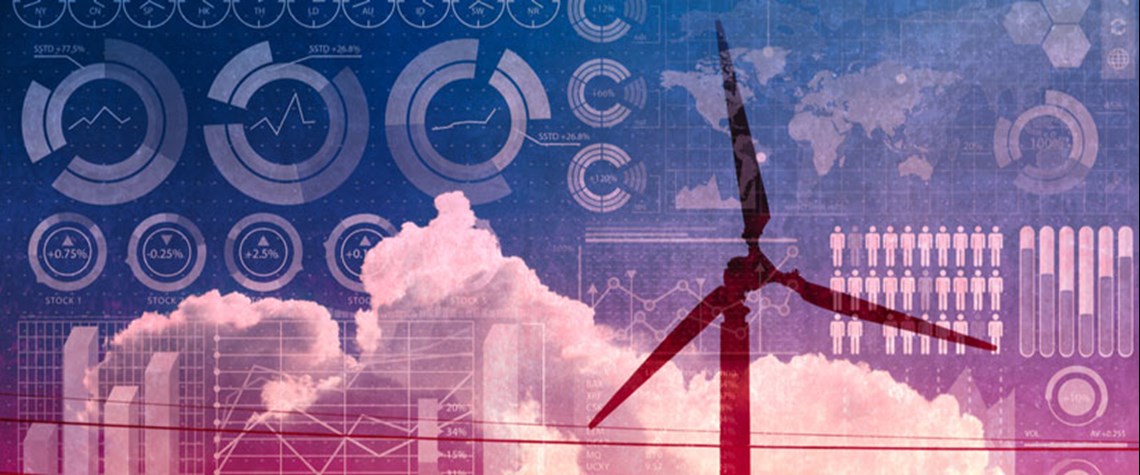Collaborative data key to decarbonisation shift
Hydrocarbons sector is embracing digital technologies to stay financially competitive, but innovation will also ease the transition to low-carbon energy
Things are looking up for low-carbon energy. In the last year, China announced a 2060 deadline for carbon-neutrality, the EU Parliament backed a binding target of 2050 for the same landmark, and the US re-entered the Paris Agreement. Today, all eyes are on wind and solar to deliver the change that governments and industry globally recognise as essential. Of course, that change cannot happen overnight. If we want to maximise our progress we must manage not just what we are moving towards, but also what we are moving away from. As well as looking up at the blue skies of new energy we need to look down at the reality on the ground, at the oil and gas which still power the modern world, and thin

Also in this section
5 December 2025
Mistaken assumptions around an oil bull run that never happened are a warning over the talk of a supply glut
4 December 2025
Time is running out for Lukoil and Rosneft to divest international assets that will be mostly rendered useless to them when the US sanctions deadline arrives in mid-December
3 December 2025
Aramco’s pursuit of $30b in US gas partnerships marks a strategic pivot. The US gains capital and certainty; Saudi Arabia gains access, flexibility and a new export future
2 December 2025
The interplay between OPEC+, China and the US will define oil markets throughout 2026







